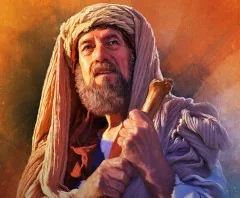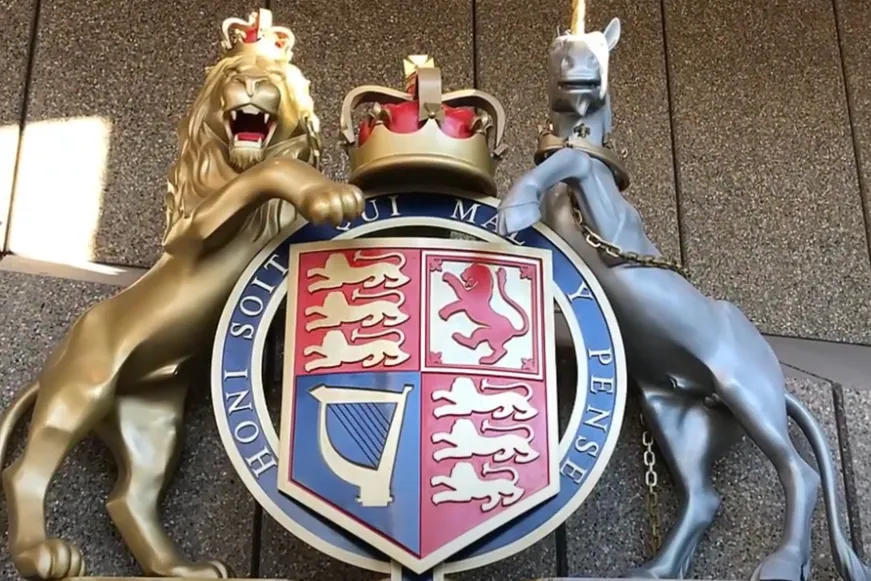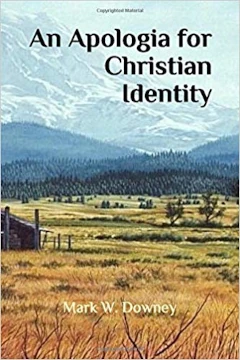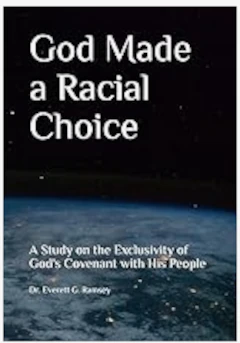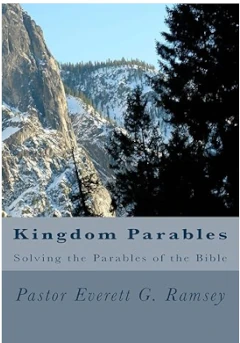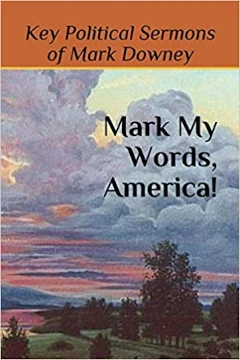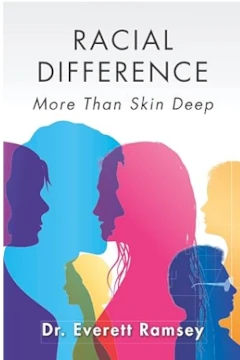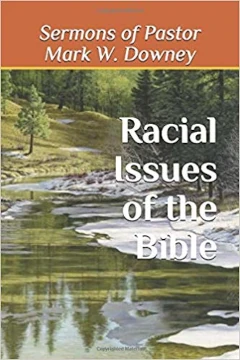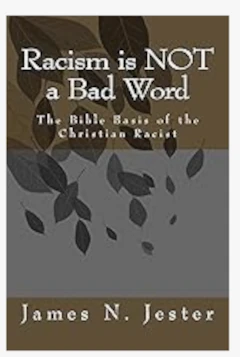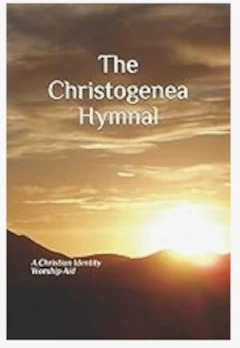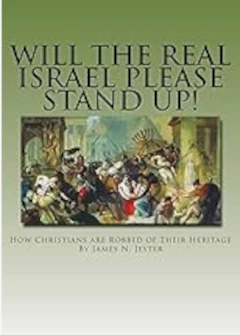A Concise Explanation of the Creation of the Jewish People
By William Finck
The Old Testament accounts found in the Book of Genesis demonstrate that there was a rivalry between Jacob and Esau. Esau, it is also clear, was a race-mixer who had taken wives of the Canaanites and the Ishmaelites (Genesis 36). The rivalry between the brothers later turned into a national enmity among their descendants, and the Edomites were eventually enslaved by the Israelites (1 Chron. 18), and later revolted (2 Chron. 21). When the Chaldaeans finally took Jerusalem and destroyed the city, we find that the Edomites were in league with them, and are blamed for the temple’s destruction (Psalm 137:7-9; 1 Esdras 4:45 in the Septuagint).
When the Israelites moved into the land of Canaan, they were instructed to destroy all of the Canaanite peoples. They failed to do this, and were warned that harm would later come to them because of this failure (Num. 33:55; Josh. 23:13; Jdg. 2:3). It is evident that both in Jerusalem and elsewhere, the later Israelites did indeed have a problem with infiltration and race-mixing by the Canaanite tribes (Jer. 2:13, 21-22; Ezek. 16:3, 45 et al.). This was one of the chief reasons for their chastisement and removal.
The prophecy found in Ezekiel chapters 35 and 36 discuss the fact that the Edomites had moved into the lands of Israel and Judah after the removal of the Israelites by the Assyrians and Chaldaeans (cf. Ezek. 35:10). The theme of the prophecy found in Malachi chapters 1 and 2 is that Jacob is distinguished from Esau, and that the sacrifices of the priests are not acceptable, because the covenant is with Levi. With this Malachi fully infers that there were (or that there would be) priests who should not have held the office.
In the Biblical records after the Assyrian and Chaldaean deportations of the Israelites, concerning the return of merely 42,000 or so Israelites to Jerusalem we have only the books of Ezra and Nehemiah and a few of the Minor Prophets. These books are focused upon the activities in Jerusalem over a short period of time, and concerning the rest of the country, or concerning the time from approximately 455 to 3 BC, in the Bible we have nothing. It is evident, in Ezra and Nehemiah, that these returning Judaeans did struggle to maintain their race and keep themselves separate from the Canaanites and Edomites in the neighboring districts. Yet this attitude did not prevail, and with the works of the first-century Judaean historian Flavius Josephus and the apocryphal 1 Maccabees along with secular sources we can fill in some of the historical gaps between the testaments.
From Greek and Roman records, we can see that from the Hellenistic period all of the southern portions of the land once known as Judah and Israel were called Idumaea, after the Edomites. Strabo, the early first century Greek geographer, attests that the Idumaeans were “mixed up” with the Judaeans, and that they “shared in the same customs with them” (Book 16). From Josephus it can be determined that shortly before 130 BC, the reigning Maccabean high priest (who had all the authority of a king), John Hyrcanus, decided to conquer all of the surrounding cities of ancient Israel inhabited at that time by Edomites and Canaanites, and to either convert them to the religion of Judaea (first called “Judaism” by the Greeks) or to let them leave the land, or to be slain. (Maccabee was a name given to the Asamonean dynasty of high priests who ruled Jerusalem from about 150 BC down to about 36 BC, when the last of them was slain by Herod.) Josephus states that from this point these Edomites became“noneother than Judaeans” (Antiquities, 13.9.1 et al.). Therefore we see with certainty the fulfillment of Ezekiel 35.
Judaea from 130 BC forward was a multiracial polyglot of a nation. The first Herod, an Idumaean by race who usurped power from the Maccabees, bribed the Romans for the kingship and from that time the temple priesthood at Jerusalem was used as a political tool. Both Josephus and the ecclesiastical historian Eusebius admit that many of the priests were not worthy of the distinction under the former Levitical traditions, and the veracity of Malachi’s prophecy becomes quite clear with their testimony. The usurpation of political control in Jerusalem is the primary reason for all of the division recorded in the New Testament. In Romans 16:20 and 2 Thessalonians, Paul alludes to the temple priesthood as “satan” (which means “the adversary”), and this is also attested to in Revelation 2:9 and 3:9. Yahshua (Jesus) Christ informs the priests and other leaders in many places that they are the children of the adversary, i.e. Luke 11:47-51, John 8:33-47 and John 10:26. In Romans chapter 9, Paul makes a clear distinction between Israelites of Judaea and the Edomites of Judaea, calling the one “vessels of mercy” and the other “vessels of destruction”. It can be shown from the New Testament that many of the Israelites converted to Christianity during the ensuing years, losing their identity as Judaeans. The Edomites never did, clinging to their traditions found in the Talmud – which has absolutely no authentic connection to the ancient Hebrew religion. Today these people, and all of their many proselytes and those whom they have intermarried with, are known as Jews.

